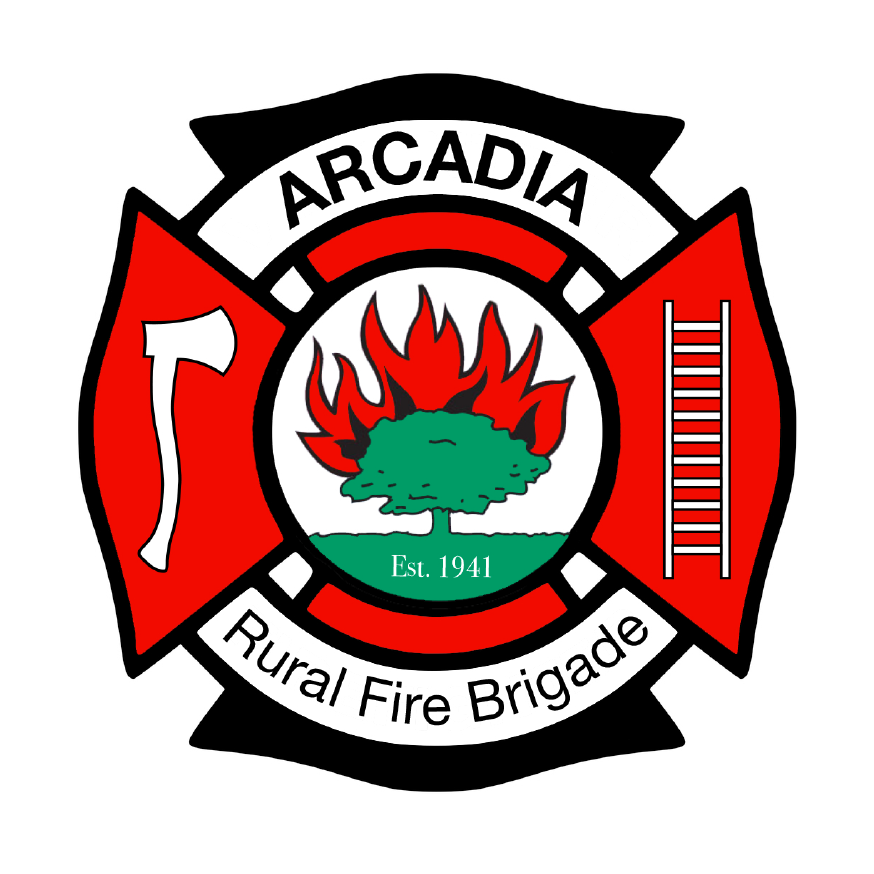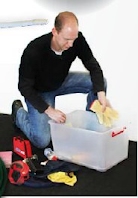Frequently Asked Questions
What does the 10/50 rule allow me to do?
If you live in a designated '10/50 vegetation clearing entitlement area', the laws will allow you to:
- Clear trees on your property within 10 metres of a home, without seeking approval; and
- Clear underlying vegetation (other than trees) such as shrubs on your property within 50 metres of a home, without seeking approval.
There may be other restrictions that apply, such as if your property is on a slope, or there are items of Aboriginal or cultural significance in the area. Find out more below.
Who do the new rules apply to?
The 10/50 rule applies only to properties that are in a designated 10/50 vegetation clearing entitlement area. This includes private and public land.
However, clearing can only be done if you are the landowner or you have the approval of the landowner.
How can I find out if I'm in a 10/50 vegetation clearing entitlement area?
You can search for your property to see if your property is in an entitlement area.
The online tool will also let you know if there are restrictions due to items of cultural significance, or waterways.
How do I locate my property using the online tool?
The online property search operates under Google. When you type in your address you should select your address from the drop-down list. This list contains addresses recognised by Google. Once selected you should see a marker placed on your property. If this is your property then click the 'Get Results' button to determine whether your property is in the clearing entitlement area.
o I have to clear vegetation if I'm in a vegetation clearing entitlement area?
No. It is an entitlement to clear, not a requirement. You may contact your local NSW RFS District Office if you are seeking advice regarding your property and bush fire hazard management.
What if the vegetation is on a neighbouring block?
The new rule only applies to your property. You may not clear neighbouring property without that property owner's consent.
However, you can ask neighbours to clear if the vegetation on their property is within 10 metres or 50 metres of your building. However they may only clear if their property is also in a clearing entitlement area.
Your neighbours (public or private) are not required to clear simply because they are in the 10/50 clearing entitlement area or because you would like them to.
If you believe there is a bush fire hazard on neighbouring land that is not being addressed then you can make a hazard complaint by contacting your local NSW RFS District Office.
You may prune branches within 10 metres of your building where those branches are overhanging your land from a tree on your neighbour's property, however you will need to comply with a range of conditions. For more information refer to the Frequently Asked Question below – 'Are there any conditions when pruning trees?'
Can I clear vegetation on my property if the building I am seeking to protect is on my neighbours land?
You may clear vegetation in accordance with the 10/50 Code if your property is in the clearing entitlement area, and the neighbouring residence (or high risk facility) is within 10/50 metres of the area you are clearing. You do not need your neighbour's consent to clear vegetation on your own land.
What kind of buildings does the 10/50 rule cover?
You can clear vegetation near the external walls of a building containing habitable rooms such as a home, tourist or visitor accommodation, caravans that are in caravan parks, and manufactured homes installed in manufactured home estates.
You can also clear vegetation near the external walls of high risk facilities including child care centres, hospitals and schools (but not tertiary institutions such as universities or TAFE).
The building must also be one that has been approved with provision for habitable rooms by a Development Consent or other lawful authority. If the building has been constructed without consent, the 10/50 rules do not apply.
More information on the definition of a habitable room is contained in the 10/50 Code of Practice.
Can I clear vegetation if my house is not yet constructed but I have Development Consent?
No. You may only clear once the building has been constructed.
Where do I measure the 10 or 50 metres from?
The distance is from the external walls of the building. It includes permanent fixed structures such as decks or garages that are attached to the building. It does not include detached garages, sheds and the like.
How do I know which conditions apply to my property?
You may only clear in accordance with the 10/50 rules in the Code of Practice. You must read the Code and apply the conditions to your property. If your property has the potential for Prescribed Streams, Aboriginal heritage or other cultural heritage the online tool will identify this in the results.
Can I burn vegetation under the 10/50 rule?
You cannot use the 10/50 Code as an exemption from, or to obtain approval for, burning vegetation.
Refer to the NSW RFS publication 'Before You Light That Fire' or contact your local NSW RFS District if you are seeking further information on burning and the types of approvals that may be required.
It is against the law to dump any vegetation.
For more information and the online tool please click here.










